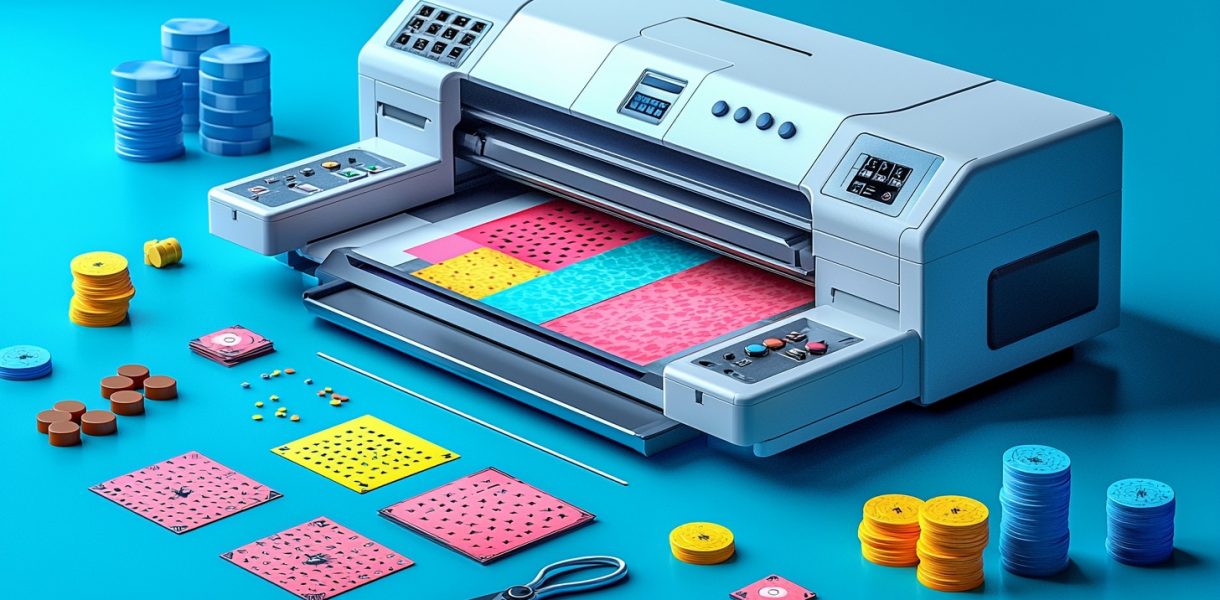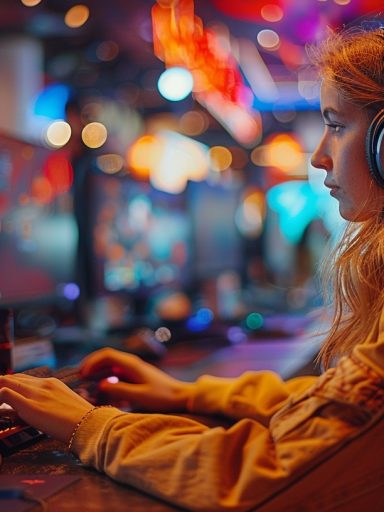One of the most frequent questions about custom game card printing is: “What’s the best printer for creating custom board game cards and components?” Choosing the right printer is crucial for achieving professional-quality results, especially for those designing their own game pieces.
Thankfully, advancements in consumer printing technology have made it easier than ever for hobbyist board game designers to create high-quality prototypes from the comfort of their own homes. Whether you’re crafting unique board game cards or working on professional brochure printing in Dubai, the right printer can be a game-changer.
This guide explores the key factors to consider when selecting a printer and highlights the top models for producing stunning board game cards.
Key factors to consider when choosing a printer
To produce great board game cards and components, it’s important to find a printer that meets specific requirements. Here’s what to look for:
1. Print quality
Sharp, vibrant images are critical for game cards. A printer with a resolution of at least 600 x 600 dpi is essential, while 1200 dpi is ideal for fine details. Print quality depends heavily on the printer itself, rather than the paper or ink used.
2. Printer size and format
Most consumer printers work with standard sheet sizes (8.5 x 11 to 13 x 19 inches). For larger game components like boards or tiles, printing in sections may be necessary. Alternatively, offset printing for business can handle oversized pieces with ease, offering high-quality results. A large-format plotter printer is also a great option for oversized projects.
3. Media compatibility
Game cards require thicker paper, typically starting at 250 gsm. Many consumer inkjet printers only support lighter paper (60-120 gsm), so it’s important to ensure the printer can handle heavier cardstock without causing jams.
4. Color printing technology
Inkjet printers are recommended for board game cards due to their superior color accuracy and resolution. Laser and dye-sublimation printers often lack the vibrant detail needed for card graphics.

5. Cost per print
Printing hundreds of cards can be costly. Inkjet printers usually offer the lowest cost per print while maintaining high quality. Long-term ink replacement costs should also be factored into budgeting.
6. Print speed
Print speed can be a significant factor when working on prototypes. Some inkjet printers can produce 4×6 photos in just 10 seconds, while letter-sized prints may take 1-3 minutes per page.
The 5 best printers for DIY board game cards
Based on these factors and testing, here are the top printers for creating high-quality board game prototypes at home:
1. Canon PIXMA iP8720 Wireless Printer
This printer features a six-color ink system for gallery-quality prints and supports cardstock up to 53 lb. It offers wireless connectivity for convenience, though ink costs may increase over time.
2. Epson Expression ET-5850 EcoTank Printer
The ET-5850 is known for its cost efficiency, utilizing large-capacity ink tanks instead of expensive cartridges. It supports prints up to 13 x 19 inches and offers wireless and two-sided printing at a low cost per print.
3. HP OfficeJet Pro 9010e All-in-One Printer
An affordable and versatile printer, this model supports media up to 53 lb. It features wireless and borderless printing, along with scanning capabilities, making it an excellent choice for hobbyist developers.
4. Canon imagePROGRAF PRO-1000
This professional-grade printer offers impressive color accuracy and supports paper widths up to 17 inches. With fast print speeds and an expanded color gamut, it’s ideal for detailed game components, though it comes at a higher price.
5. Primera LX1000 Color Label Printer
Designed for labels, this printer excels at full-bleed, photo-realistic designs on media such as glossy paper, films, and vinyl. It features integrated cutters and supports roll or sheet feeds, making it a versatile choice for custom game cards.




